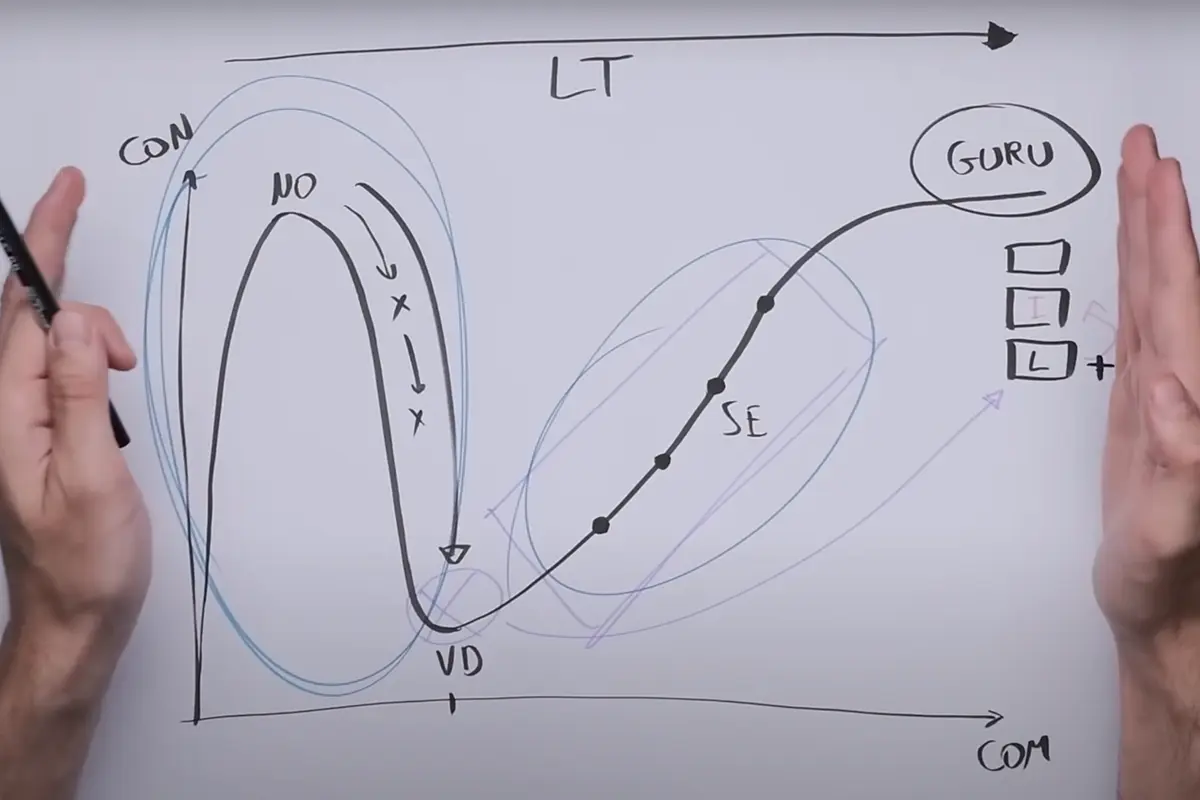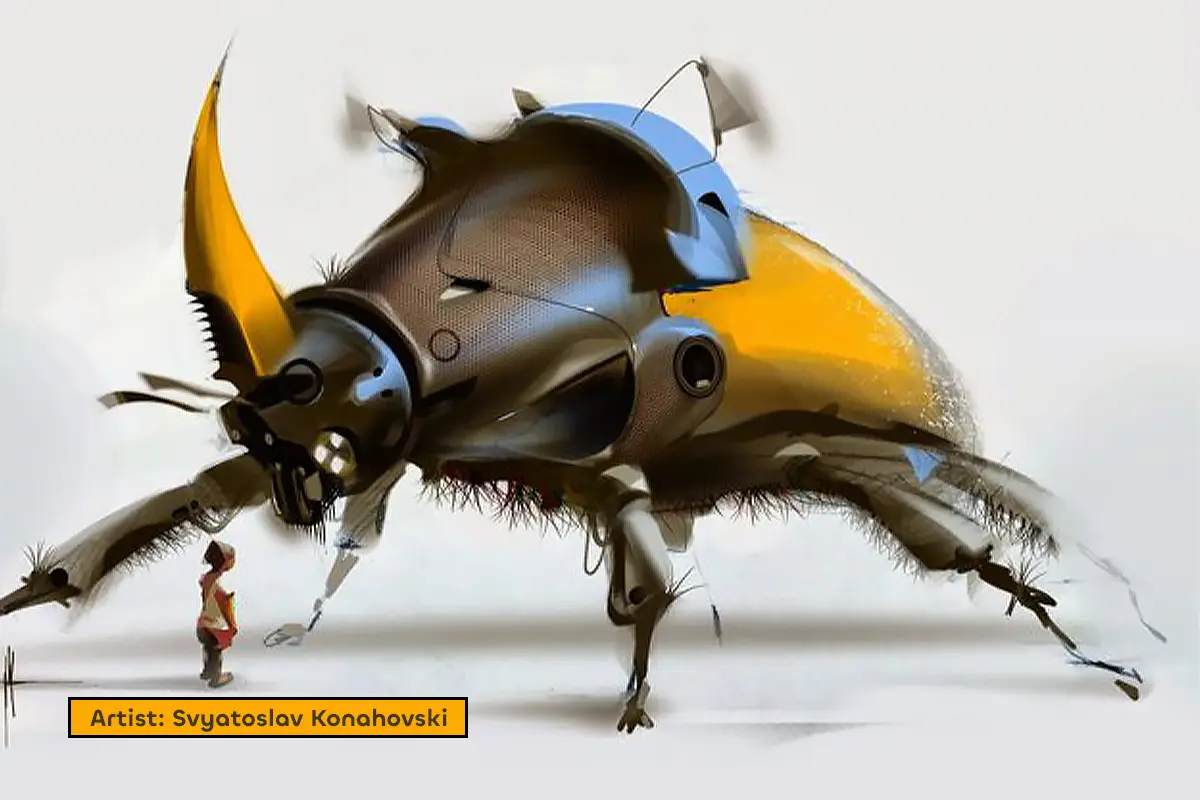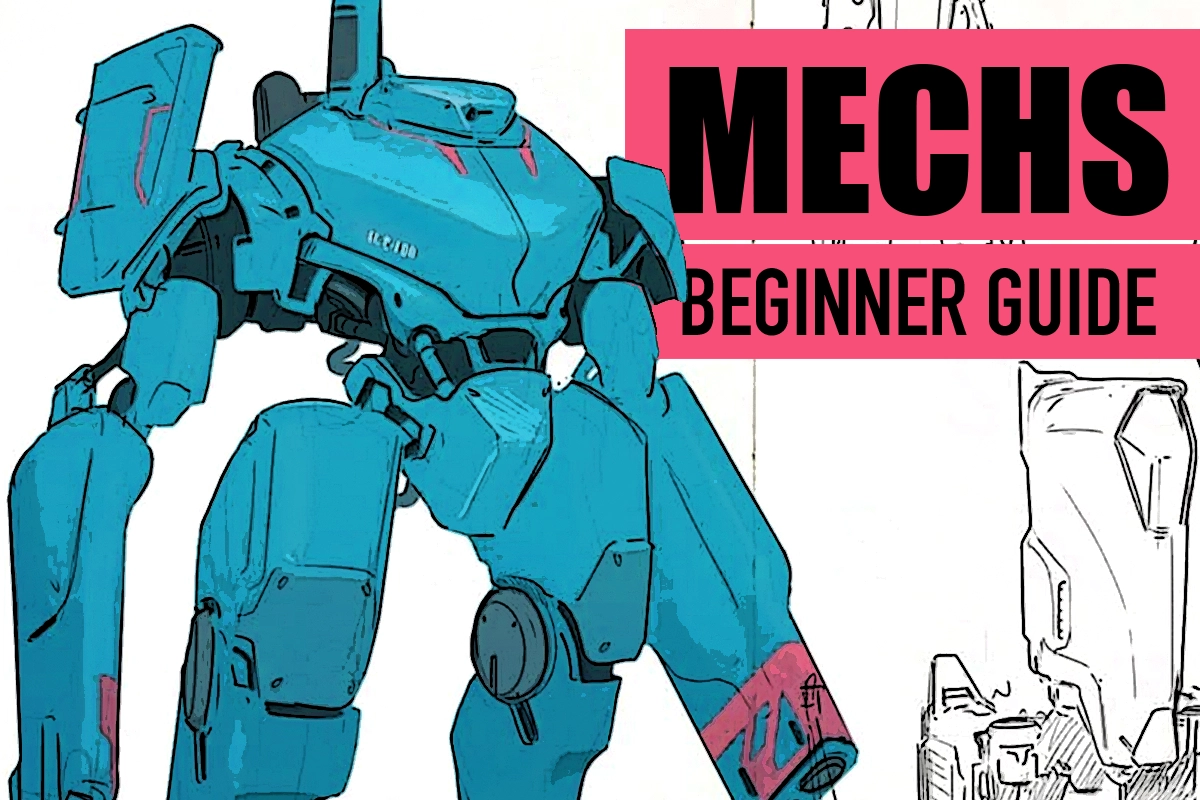
How to Break Through Art Learning Plateaus: 7 Psychology-Backed Techniques Every Struggling Artist Must Know in 2025
How to Break Through Art Learning Plateaus: 7 Psychology-Backed Techniques Every Struggling Artist Must Know in 2025
Why Every Artist Feels Stuck (And It's Not Your Fault)
Have you ever felt like you're spinning your wheels in your artistic journey? You practice every day, watch tutorials, and follow all the "right" advice, yet somehow you feel like you're not getting any better. If this sounds familiar, you're not alone – and more importantly, you're not broken. What you're experiencing is actually a well-documented psychological phenomenon that affects every single artist, from complete beginners to seasoned professionals.
The frustration you feel when your drawings don't match your vision, or when that painting technique you saw online seems impossible to master, isn't a sign that you should give up. It's actually a normal part of the learning process that, once understood, can become your greatest tool for artistic growth. As we explore in our comprehensive guide to overcoming creative blocks, understanding the psychology behind learning helps artists push through barriers that stop most people from reaching their potential.
This article will reveal the hidden psychological pattern that's been sabotaging your progress and show you exactly how to break free from the cycle that keeps talented artists stuck at the same skill level for months or even years. By the end, you'll have a clear roadmap for turning your artistic frustrations into fuel for rapid improvement.
Understanding the Dunning-Kruger Effect in Art Learning
Why Short-Term Cycles Sabotage Your Progress
Let's say your long-term goal is to paint like a professional concept artist. You understand that to reach this level, you need to master several sub-skills: lighting, form, perspective, color theory, and composition. So far, so good – you have a clear roadmap.
But here's where it goes wrong: You decide to tackle lighting first. You approach it with naive optimism ("I'll master lighting this week!"), quickly hit the valley of despair when you realize how complex lighting actually is, then quit and switch to practicing perspective instead. The next week, you do the same thing with perspective, then composition, then back to lighting.
This pattern creates the illusion of progress because you're "practicing every day," but you're actually just recycling through Stage 2 of the Dunning-Kruger effect without ever reaching Stage 3 where real learning happens. As we discuss in our article about building sustainable art practices, true progress requires pushing through complete learning cycles.
When you quit a skill before mastering it, you lose most of what you learned. Think of your brain like a computer with limited short-term memory (RAM) and unlimited long-term storage (hard drive). When you only spend a day or two on a skill, the information stays in short-term memory and gets overwritten when you switch to something else.
Only by pushing through to Stage 3 does the knowledge transfer to long-term memory, where it becomes a permanent part of your artistic toolkit. This is why some artists can practice for years without significant improvement – they're constantly filling and emptying their short-term memory without ever transferring skills to permanent storage.
The Real Reason Artists Experience Burnout
Contrary to popular belief, burnout isn't caused by working too many hours or pushing yourself too hard. The most successful artists often work longer hours than those who burn out, yet they maintain their passion and energy for years or even decades.
Real burnout comes from being stuck in the valley of despair without understanding why you're there or how to get out. When you repeatedly experience the frustration of Stage 2 without ever reaching the satisfaction of Stage 3, your brain interprets this as evidence that improvement is impossible. This creates a cycle of diminishing motivation that eventually leads to complete artistic shutdown.
The solution isn't to work less or lower your standards – it's to work more strategically. When you understand that every skill will take you through these four stages, you can mentally prepare for the valley of despair instead of being blindsided by it.
Professional artists know that feeling frustrated and incompetent is not a sign to quit; it's a sign that they're right on track. They've learned to recognize Stage 2 as a necessary step toward mastery rather than evidence of their limitations. Our comprehensive guide to maintaining artistic motivation provides specific strategies for pushing through these challenging periods.
The Strategic Approach to Skill Development
Now that you understand the psychology behind artistic progress, here's how to apply this knowledge to accelerate your improvement:
Instead of switching skills every few days, commit to working on one specific skill for at least 2-3 weeks. This gives you enough time to push through Stage 2 and reach Stage 3, where real learning happens.
For example, if you want to improve at drawing hands, don't just practice for one session and move on. Plan to spend 15-20 focused sessions over several weeks, knowing that the first 5-7 sessions will feel frustrating and unproductive.
Break large skills into smaller, achievable components. Instead of "learn to draw hands," set specific goals like "understand the basic proportions of the palm" or "master the gesture of fingers in a fist." Each micro-milestone has its own mini Dunning-Kruger cycle, making progress more manageable and measurable.
When you feel frustrated and want to quit, remind yourself that this feeling is not evidence of your inability – it's evidence that you're learning. The valley of despair is not a bug in the learning process; it's a feature.
Creating Your Personal Learning Map
The most successful artists don't leave their skill development to chance. They create detailed learning maps that help them navigate the psychological challenges of improvement while maintaining steady progress toward their ultimate goals.
Be specific about what you want to achieve. Instead of "get better at art," define exactly what style, medium, or level of proficiency you're aiming for. This might be "create professional-quality concept art for video games" or "paint realistic portraits in oils."
List all the component skills you need to master to reach your ultimate goal. For digital art, this might include perspective, anatomy, color theory, lighting, composition, and software proficiency. For traditional painting, you might need color mixing, brushwork, value studies, and composition.
Not all skills are equally important or equally dependent on each other. Some skills (like basic form and perspective) need to be developed before others (like advanced lighting effects). Create a logical sequence that builds skills in the right order.
For each skill on your list, plan to spend 2-4 weeks of focused practice. This gives you enough time to complete full Dunning-Kruger cycles and transfer knowledge to long-term memory. Our structured approach to skill building provides detailed timelines for common artistic skills.
Practical Techniques for Pushing Through Learning Barriers
Understanding the theory is just the first step. Here are specific techniques for applying this knowledge during your daily practice sessions:
When you hit the valley of despair (and you will), use this three-step protocol:
Acknowledge: Say out loud, "I'm in the valley of despair, and this is normal."
Recommit: Remind yourself of your learning timeline and confirm you're going to stick with it.
Adjust: Make small changes to your practice approach without abandoning the core skill.
Before starting each practice session, spend 2-3 minutes reviewing something you've already mastered. This reminds your brain that you are capable of learning new skills and provides a confidence anchor when things get difficult.
Keep a daily log of what you're learning, even when progress feels slow. Often, you're learning more than you realize, but the improvements are invisible until they reach a critical mass. Our article on tracking artistic progress explains exactly how to document your improvement effectively.
Advanced Strategies for Accelerated Learning
Once you've mastered the basic approach to working through learning cycles, these advanced techniques can help you progress even faster:
Some skills reinforce each other when learned simultaneously. For example, studying anatomy and gesture drawing together creates synergies that accelerate both skills. Plan your learning sequences to take advantage of these natural partnerships.
In any artistic skill, 20% of the techniques produce 80% of the visual impact. Focus on identifying and mastering these high-impact fundamentals before moving on to advanced techniques. This allows you to see dramatic improvement quickly, which provides motivation to push through difficult learning periods.
Build your practice sessions to end on a positive note. When you're struggling with a new skill, finish each session by doing something you're already good at. This creates positive associations with practice time and makes it easier to return to challenging material the next day.
Building Long-Term Artistic Resilience
The goal isn't just to improve specific skills – it's to develop the psychological resilience to continue learning throughout your artistic career. Every skill you master using this approach makes the next skill easier to learn, not just technically but psychologically.
Artists who consistently improve over decades share one common trait: they view challenges as opportunities rather than threats. When they encounter something difficult, their first thought isn't "I can't do this" but "I can't do this yet."
Share your learning goals with other artists who understand the process. Having people who can remind you that frustration is normal and temporary makes it much easier to push through difficult periods. Our community resources page connects you with other artists on similar journeys.
Learn to find satisfaction in the learning process itself, not just in finished artworks. When you can enjoy the struggle of figuring out a new technique, artistic growth becomes sustainable and enjoyable rather than a constant battle against frustration.
Troubleshooting Common Learning Obstacles
Even with a solid understanding of the psychological principles, you may encounter specific obstacles. Here's how to handle the most common challenges:
This is actually a sign that you're learning. As your standards improve, your ability to see flaws in your work develops faster than your ability to fix them. This temporary mismatch creates the illusion that you're getting worse when you're actually developing critical artistic judgment.
You don't need hours per day. Even 15-20 minutes of focused practice on a single skill, maintained consistently over weeks, will produce dramatic results. The key is consistency and focus, not duration.
This is normal and even healthy – it shows you're engaged with the artistic community. The trick is to capture these new ideas without abandoning your current learning cycle. Keep a "future skills" list where you record interesting techniques to explore later.
Your Next Steps to Breakthrough Progress
Understanding the psychology of artistic learning is powerful, but it only creates change when combined with action. Here's your roadmap for implementing these principles starting today:
Choose One Skill: Pick a single artistic skill that you've been struggling with or avoiding.
Commit to the Timeline: Plan to work on this skill for at least 3 weeks, practicing 4-5 times per week.
Prepare for the Valley: Expect to feel frustrated around days 3-7 of your practice cycle. This is normal and means you're learning.
Document Your Journey: Keep notes about what you're learning and how you're feeling. This helps you recognize progress and builds confidence for future learning cycles.
Stack Your Next Skill: Once you complete your first full learning cycle, choose a skill that complements what you just learned.
Conclusion: From Frustration to Mastery
The difference between artists who achieve their goals and those who remain stuck isn't talent, time, or access to resources – it's understanding and working with the natural psychology of learning. When you recognize the Dunning-Kruger effect cycles in your own practice, you transform your biggest source of frustration into your most powerful tool for improvement.
Remember, every master artist has felt exactly the way you feel when you're struggling with a new skill. The difference is that they learned to interpret these feelings as signs of progress rather than evidence of inadequacy. Continue your artistic journey with our complete library of skill-building resources and join a community of artists who understand that true mastery comes from embracing the process, not avoiding the struggle.
Your artistic breakthrough is waiting on the other side of your next valley of despair. The question isn't whether you have the talent to reach your goals – it's whether you have the understanding and persistence to complete the learning cycles that will take you there. Start your next cycle today, and prepare to surprise yourself with what you're capable of achieving.


